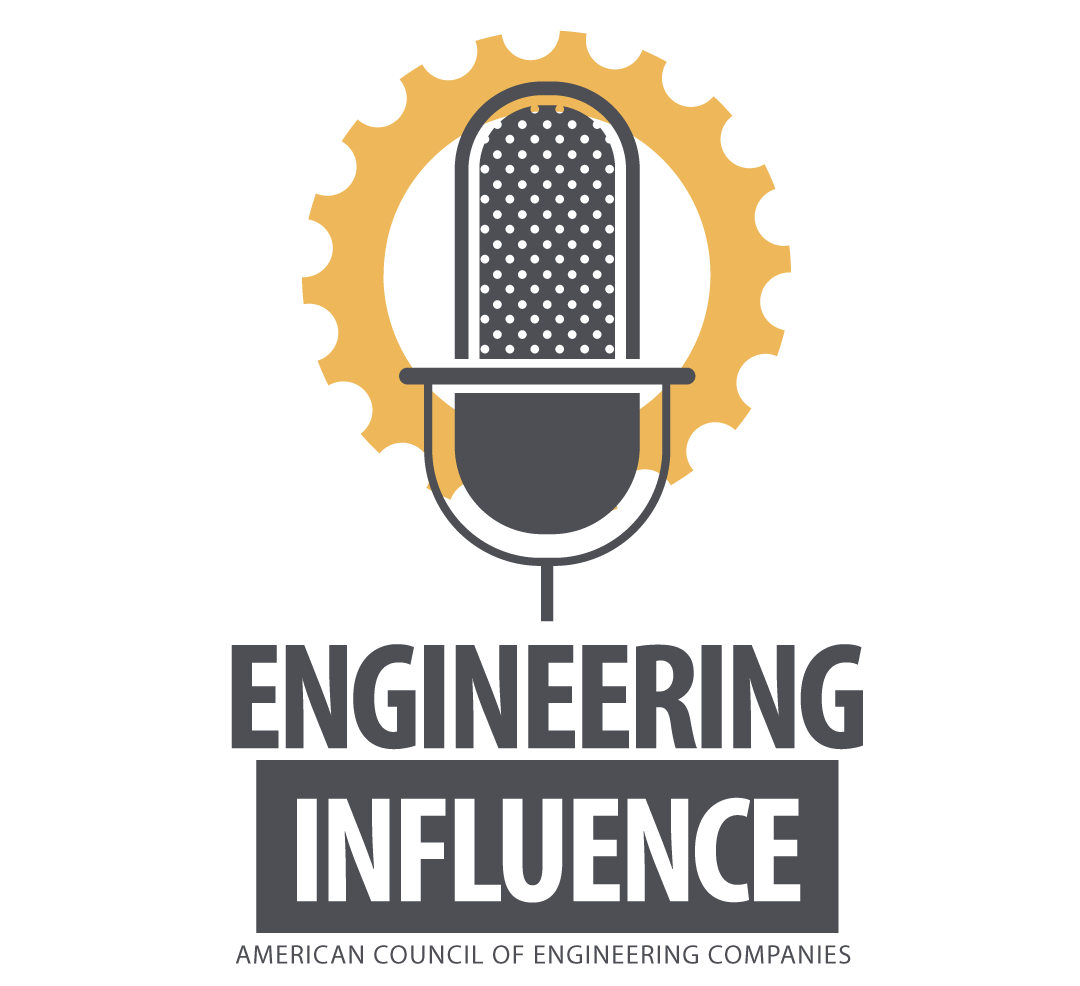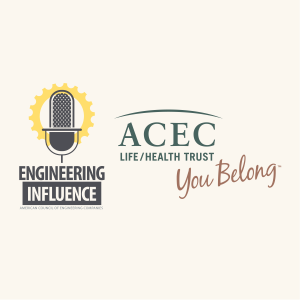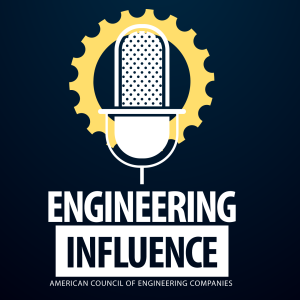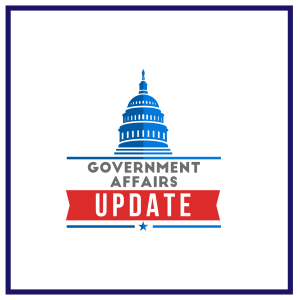
The Voice of the Business of Engineering
Engineering Influence is the official award-winning podcast of the American Council of Engineering Companies (ACEC).
ACEC is the trade association representing America's engineering firms; the businesses that design our built environment. Subscribe to the podcast for a variety of content ranging from interviews with newsmakers and elected officials to in-depth conversations on business trends, the economy, technology and what's next for the engineering and design services industry.
Visit us online at www.acec.org
Follow us on Twitter at @ACEC_National
ACEC reserves the right to moderate episodes on its channel and make editorial decisions on the inclusion or deletion of comments posted by listeners. Direct any questions to comms@acec.org.
Episodes

Tuesday May 11, 2021
Tuesday May 11, 2021
On the Engineering Influence podcast, sponsored by the ACEC Life/Health Trust, ACEC Illinois Executive Director Kevin Artl discusses how his Member Organization worked to defeat a proposed bill that would have weakened the state's Qualifications-Based Selection (QBS) law.
QBS is a central pillar of ACEC’s advocacy program. QBS is a competitive process in which public agencies evaluate and select consulting engineers based on their qualifications, and then the parties negotiate the project scope of work, schedule, budget, and fee.
QBS was originally passed on the federal level in 1972 and over the years its use has expanded to many states, which recognize that public safety requires contracting with the most qualified design firms.
Over the years there have been many challenges to QBS on both the federal and state levels and ACEC and its Member Organizations have been diligent in defeating them.

Friday May 07, 2021
Beth Bauer, ACEC's new NAECE President on What's Ahead in 2021
Friday May 07, 2021
Friday May 07, 2021
The podcast welcomed Beth Bauer, the Executive Director of ACEC Indiana and the newly appointed president of NAECE, which represents our state Executive Directors. Beth talks to us about her new role, what she hopes to accomplish in her term, and what's happening among the states.

Friday May 07, 2021
The Government Affairs Update for 5-7-21
Friday May 07, 2021
Friday May 07, 2021
Steve Hall joins us to wrap up the recent virtual ACEC Annual Convention and Legislative Summit and discusses the outlook on infrastructure in Congress.

Wednesday May 05, 2021
Florence Sterlin on Engaging with Your Remotely Working Team Members
Wednesday May 05, 2021
Wednesday May 05, 2021
The COVID-19 pandemic has put a lot of strain on firms and their employees. With everyone working remotely, the ties that bind the firm together can start to fray. Firms have found many ways to deal with this challenge, and Florence Sterlin, president of D.B. Sterlin Consultants in Chicago has come on the podcast to talk about the changes her firm undertook, how they worked, and what's she's learned looking to the future.

Wednesday Apr 21, 2021
Dodge Data CEO Dan McCarthy Discusses How Engineering Firms Can Use Market Data
Wednesday Apr 21, 2021
Wednesday Apr 21, 2021
In today’s digital world, data is everywhere. Many engineering firms utilize data in their business planning, but knowing what data is available, what is useful, and where to find it can be a challenge.
To help firms figure this out, we’re talking today with Dan McCarthy, CEO of Dodge Data & Analytics, the largest provider of commercial construction data and information in the United States.
Click here for more information about Dodge Data & Analytics.

Friday Apr 16, 2021
Government Affairs Podcast for April 16, 2021
Friday Apr 16, 2021
Friday Apr 16, 2021
Matt Reiffer joined the podcast to discuss action on VMT, NEPA and a Senate water bill. Plus, we announce that Secretary Buttigieg will appear at the upcoming 2021 Virtual Annual Convention and Legislative Summit. Register for that event today!

Thursday Apr 15, 2021
Meridian Associates' Doug Reed on Powerful Strategy Execution
Thursday Apr 15, 2021
Thursday Apr 15, 2021
Meridian Associate's CEO, Doug Reed, joined the podcast to share his experiences managing a firm through the coronavirus shutdown and provide insights into what it takes to make strategic implementation successful.
Doug is the author of Lead a Movement: An Insider’s Guide to Powerful Strategy Execution. In this book, Doug observes that the most common unresolved business failure is a good strategy that has never been properly executed. Doug describes how strategy execution can produce growth with certainty, not chance.

Wednesday Apr 14, 2021
Hinge Marketing's Karl Feldman Highlights the Key Characteristics of High-Growth Firms
Wednesday Apr 14, 2021
Wednesday Apr 14, 2021
Growth is something that most consulting firms look to achieve and some do it better than others. To find out why, Hinge Marketing prepares its annual High Growth Study, which looks at both the broader strategies and the narrower tactics that differentiate high-growth firms. This year's study includes nearly 1,300 firms, of which about 360 are engineering firms.
To talk with us about the study is Karl Feldman, a partner at Hinge Marketing.
Click here to read a blog post on the key A/E/C results of the 2021 High Growth Study.





